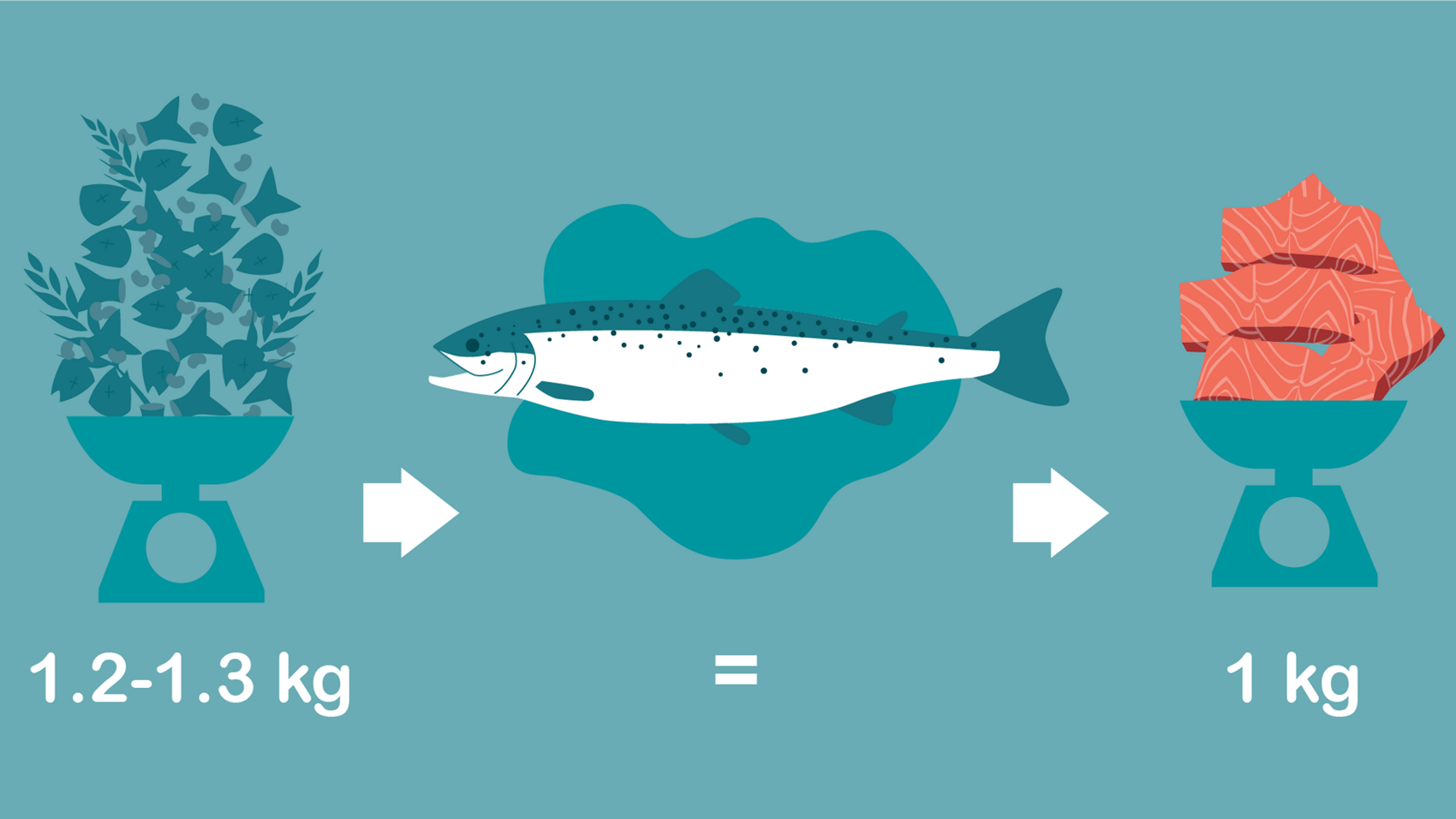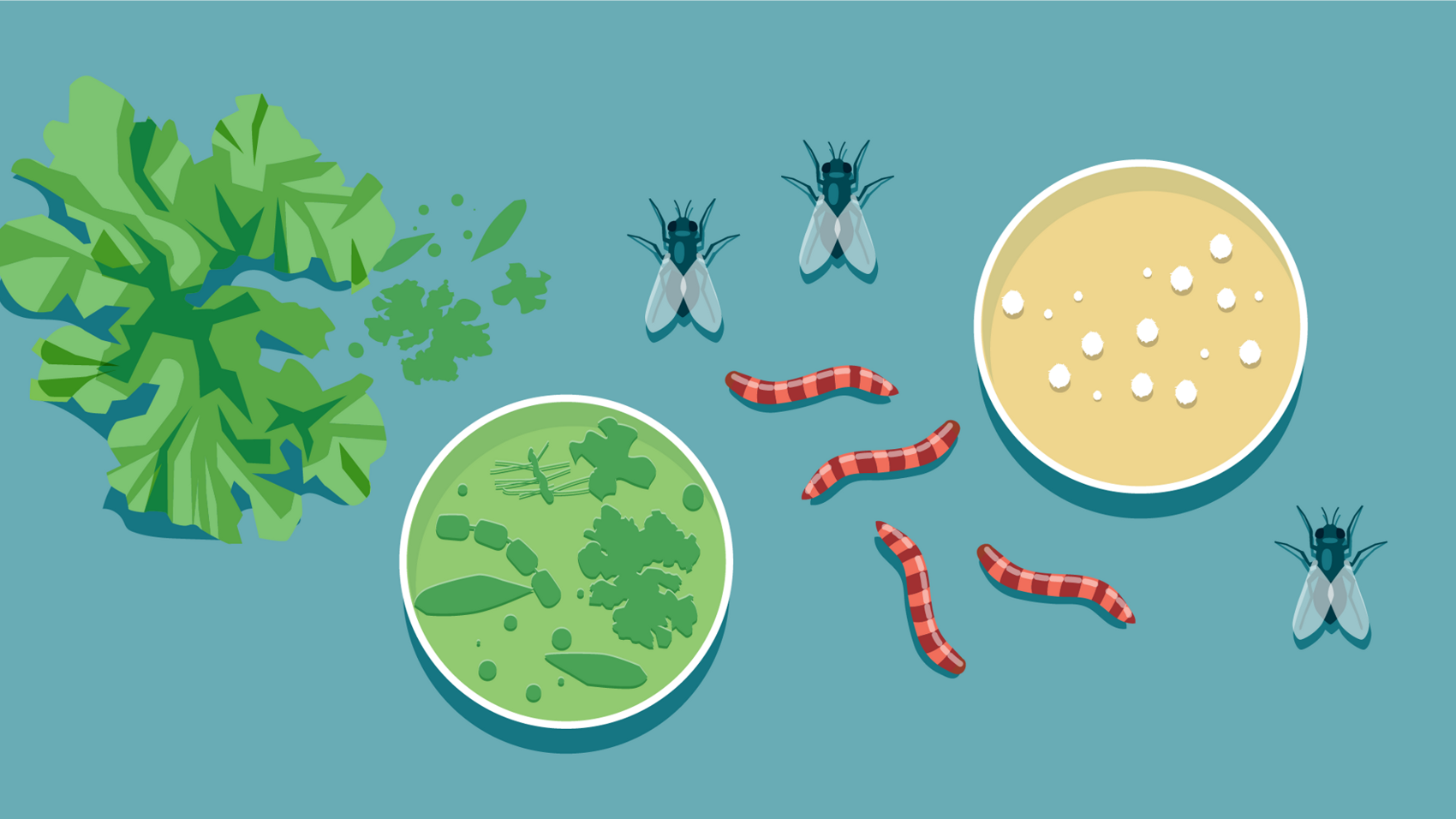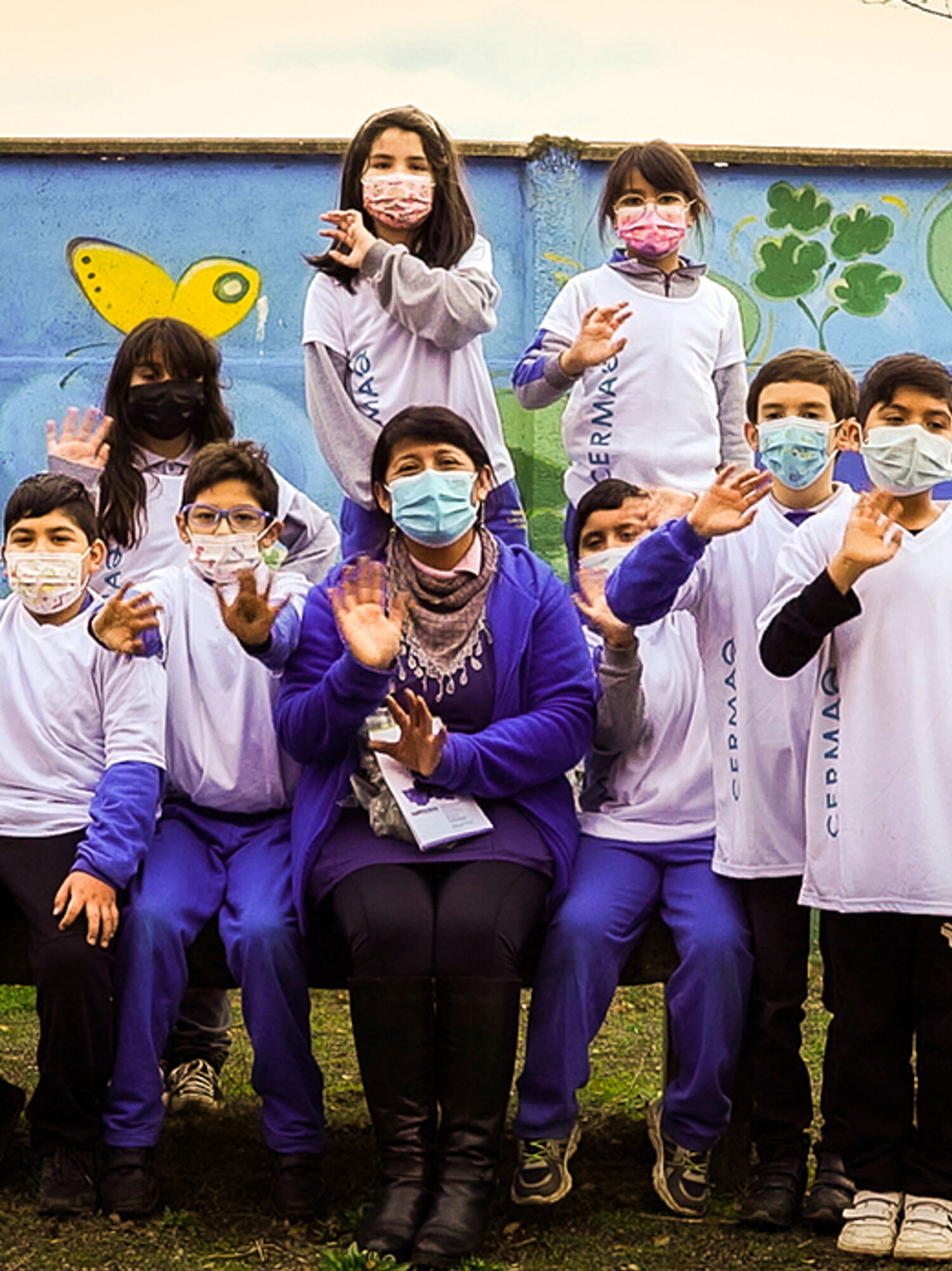Sea the solution / The Climate Challenge
Sustainable salmon production starts with the feed, says Tibiabin Benitez-Santana, Cermaq’s Global Feed and Nutrition Manager. The challenge is to produce sustainable feed that has both a low climate impact and optimal nutritional composition.
Feed is responsible for around 80% of carbon emissions in salmon production today (transport to market not included). The same goes for all other forms of animal production.
“Around 80 % of GHG from salmon farming comes from the feed.”
–Tibiabin Benitez-Santana, Cermaq’s Global Feed and Nutrition Manager
As the salmon industry has grown, its environmental impact is attracting ever-more scrutiny. The increased focus of customers on sustainability and food safety has also put pressure on salmon-farming companies to document the carbon footprint of the feed they use.
“Improved knowledge of feed formulation and raw-materials sourcing, combined with the overall conversion efficiency to edible seafood, will help provide a more accurate picture of overall emissions,” Benitez-Santana says.
Main challenges to reaching sustainability targets
“Raw materials should have a low climate impact where they do not compete with human consumption and contain the right nutrients for the optimal health and growth of the salmon – resulting in high quality salmon products,” Benitez-Santana says. Researchers and the industry need to join forces to accelerate innovation in the aquaculture sector to develop and scale up new solutions to increase flexibility in the choice of sustainable raw materials in the feed. Identifying and sourcing raw materials that further boost the sustainability profile of the feed is a must. There are many options available already,” Benitez-Santana says.
Developing trends in salmon feed
Historically, fish oil and fishmeal have been the basis for feed used in salmon farming. This is because it reflects what the fish eat in the wild. As the industry has grown and developed, and sustainably harvested volumes of wild fish have become limited, salmon feed has gradually changed into plant-based protein sources that could be mixed into the feed. But producing “vegetarian” farmed salmon hasn’t solved all the industry’s challenges when it comes to sustainable sources of fish feed. “A while ago, replacing fishmeal with soy protein concentrate was seen as a positive development in the feed situation, enabling growth within the limits of sustainable fisheries of forage fish and reducing the fish-in-fish-out ratio”, Benitez-Santana says.

The fish-in-fish-out ratio is used to measure how much fish products are needed to produce 1 kg of salmon.
“Salmon farming has become a net producer of marine fats and protein,” Benitez-Santana says.
However, the use of soy protein concentrate increases the carbon footprint of the feed, as it is one of the ingredients that produces high CO2 in its manufacture. Cermaq has committed to reducing its GHG emission by 35% by 2030 and is now looking for new ways to feed its salmon.
“Soy protein concentrate is one of the feed ingredients with the highest CO2 levels”
–Tibiabin Benitez-Santana, Cermaq’s Global Feed and Nutrition Manager
Novel raw materials can be part of the solution
Salmon, as other animals, depend on a variety of nutrients like proteins, fats, and vitamins.“Understanding the nutrient requirements of the salmon is increasingly important as we introduce new raw materials. Feed composition is constantly changing as nutritional knowledge and its application develop in response to commercial demand,” Benitez-Santana says.
Raw materials such as algae, yeast, and insects are being tested out to optimise the physical and nutritional needs of salmon. It is important to identify the practical and functional properties of such options, as well as demonstrate environmental and social qualities.

“Understanding the nutritional requirements of the salmon is increasingly important as we introduce new raw materials.”
–Tibiabin Benitez-Santana, Cermaq’s Global Feed and Nutrition Manager
Again, there is a need to accelerate the global sourcing, scaling, and developing sustainable solutions for aquaculture that address the needs of consumers.
“Cermaq has specific R&D licenses for the Arctic Salmon Research Center (ASRC) in Finnmark, Norway. The unique environmental conditions here, with varying day length and low sea temperatures, makes it the perfect scenario to run the ASRC projects”.
“We are investigating how dietary changes related to protein levels, omega-3 levels and different feed ingredients can improve fish health, harvest quality and growth. We are also testing several ingredients in cooperation with the feed suppliers to our farming regions.”
Soy and deforestation
Soy, a key ingredient in most animal feed, takes up huge land areas. More importantly, in Brazil, areas in the rainforest and the tropical savanna, or Cerrado, is being cultivated for soy production. This change of land use has both severe impacts on biodiversity and the climate. Cermaq supports the Cerrado manifesto and ensures that its suppliers of soy concentrate from Brazil are deforestation free in their entire value chain.
What to read next
